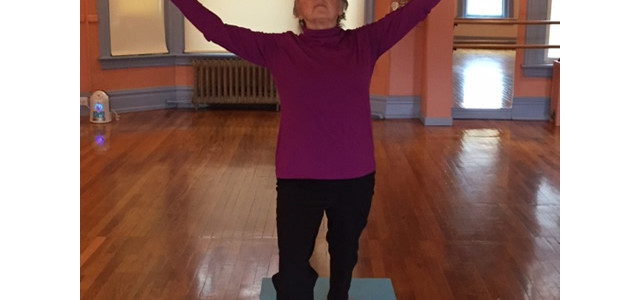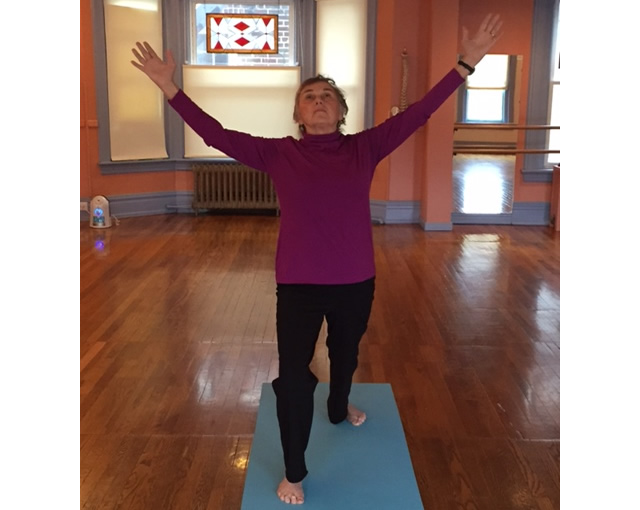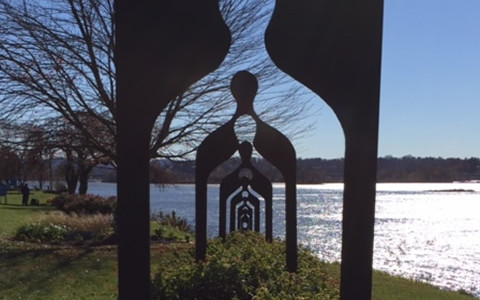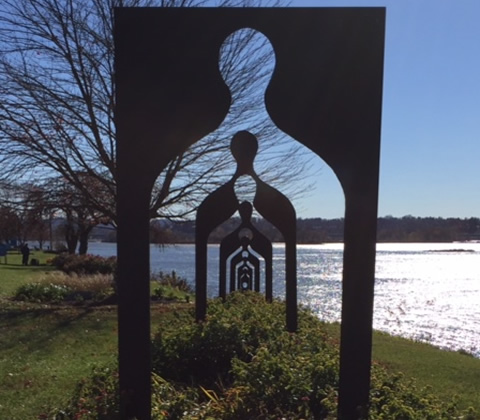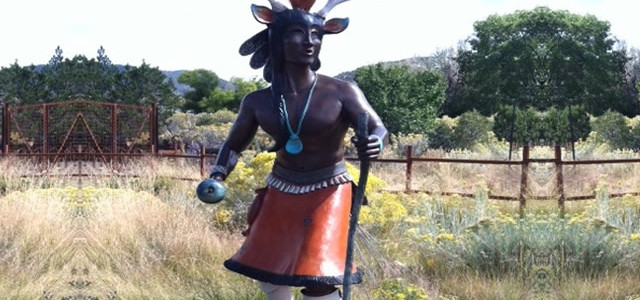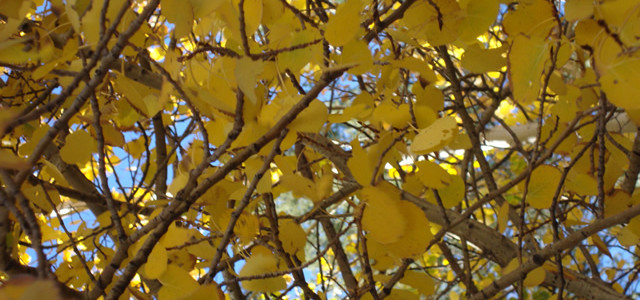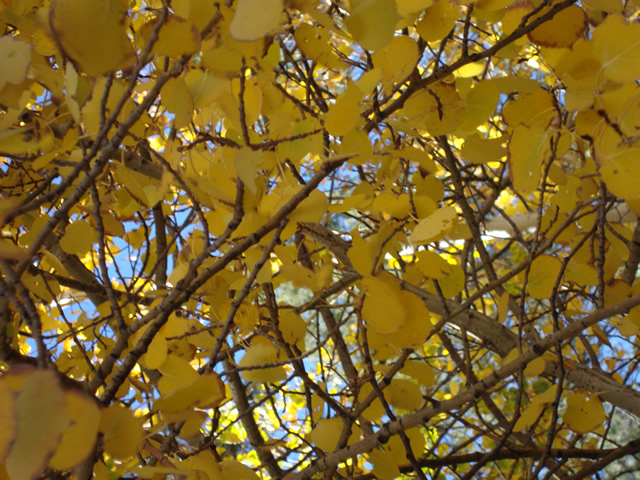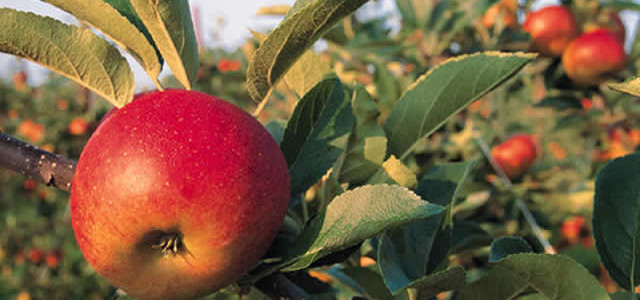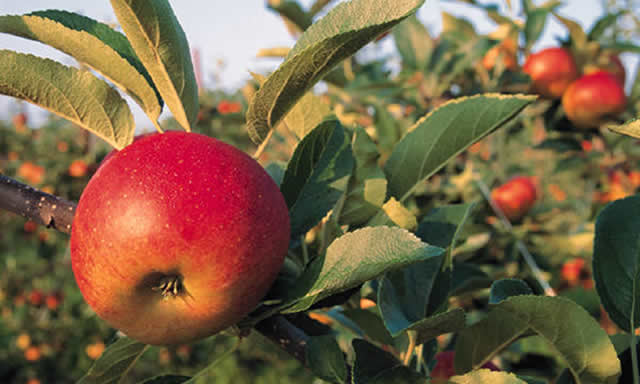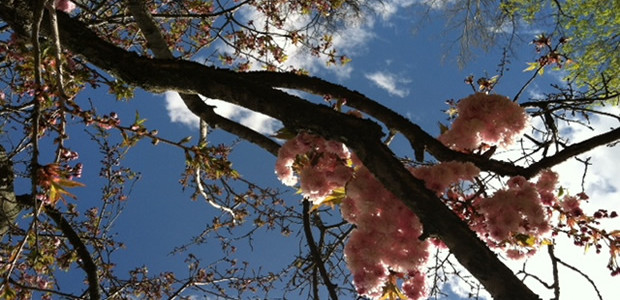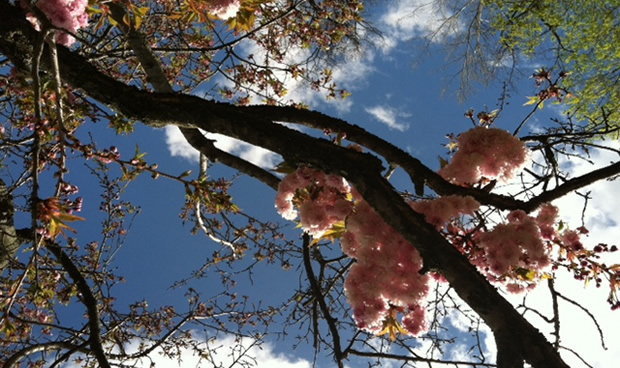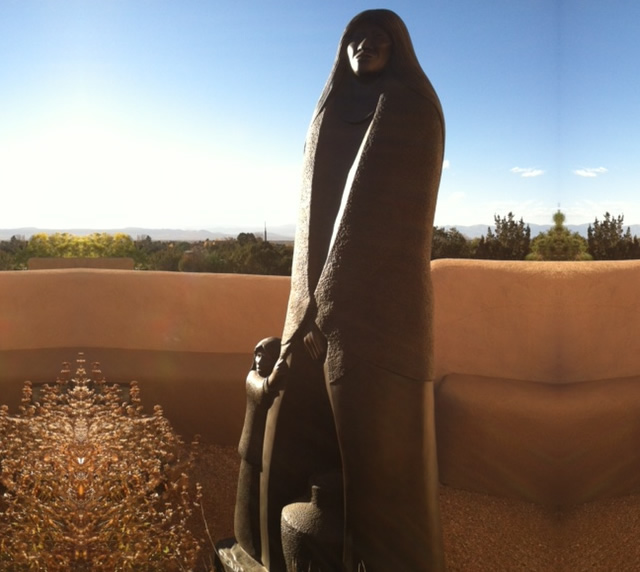
Some mornings I wake and my mind fills with thoughts of tasks to be done and situations to be worried over. Sometimes it is the details of something I am working on that won’t even come due for a month or two. Sometimes the worry comes as I imagine what may happen based upon wisps of information. All that activity as I lie in bed, my body still.
When this happens, I know I must get up and do something to change the thought patterns my mind wants to cling to. I come to my yoga practice, not to just stretch my hamstrings, but, more importantly, to reduce the agitation of my mind, for it is the activity of my mind that is causing my discomfort.
I have come to the conclusion that the hardest thing in yoga is not putting the body into a particular yoga pose, challenging as that can be. Rather, the hardest thing is calling the mind from its incessant roaming to inhabit the body – to move the mind from a state of agitation, or what is sometimes called “monkey mind,” to a place of balance.
Patanjali gave us the Yoga Sutra to help us to achieve a focused, uncluttered, peaceful mind. Even as we focus on postures, which is where most people first begin yoga, we learn that the root of the word asana – the Sanskrit word for postures – expresses the idea of being fully present in one’s body, “inhabiting, existing, living in it.” In addition, certain qualities must be brought to the posture to help us be fully present: sthira, meaning firmness, stability, as well as “attention and mental stillness;” sukha, meaning ease, comfort, relaxed, “without excessive force.”
What allows us to explore and attain these qualities in our practice of postures is the breath. Its subtle rhythm and sound alerts us when we use too much force and the breath becomes labored and rough. It also helps the mind to settle as we focus on the soft sound of the throat-sounding or ujjayi breath. In exploring the qualities of sthira and sukha in our practice, we are preparing for the deeper, more internal practices of of breath control – pranayama – and meditation.
Yoga is about change: moving the agitated or dull mind to a clear and balanced place. When we do this we have the possibility of achieving or attaining something we couldn’t do before, like being stable in a balancing pose, or kind to a neighbor who previously had irritated us, or reducing sugar in our diet, or starting a meditation practice.
I believe our work with breath practice, pranayama, can be one of the most powerful tools for creating positive change. It is also recommended that as we move through our middle years and on that we spend more time in our pranayama practice, and in our later years more time in meditation for which our breath practice prepares us.
That is why I am offering a workshop called “Breath as a Path to Change: Exploring Pranayama.” Please join me on Saturday, February 20 from 1 – 4 pm to learn about, explore and experience how pranayama can create positive change for us. You will find a flyer for this workshop by clicking on Breath as a Path to Change: Exploring Pranayama – or register by visiting www.themovementcenter.net.
